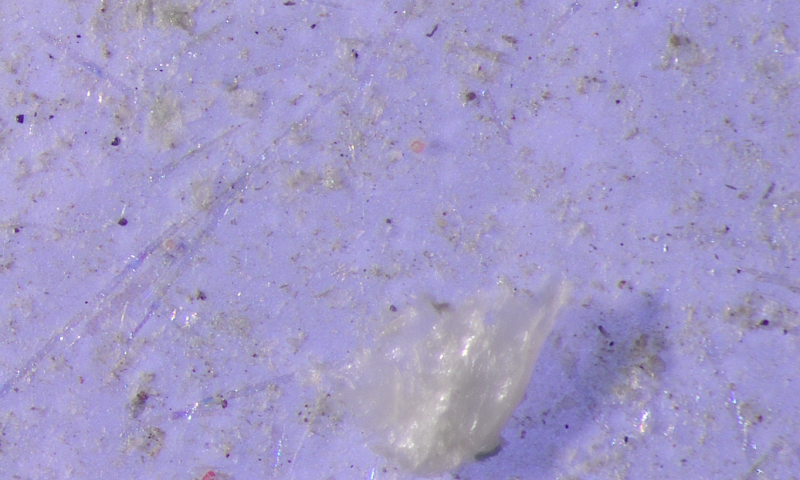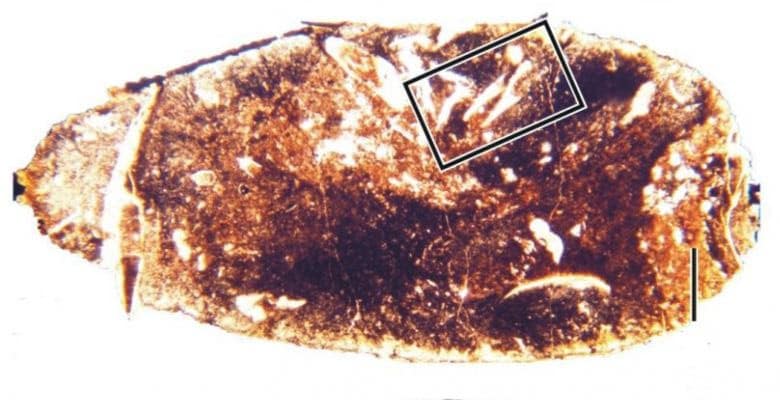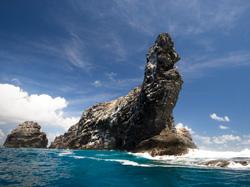 Our oceans have long been considered a major sink for plastic debris. Scientists at the National Oceanography Centre (NOC) will soon begin analyzing over twenty years of sample data collected using sediment traps from an ocean depth of 3,000 meters to gain a deeper understanding of microplastic accumulation in the deep sea. Their findings will be used to generate ocean model scenarios to reveal deeper insight into how microplastic pollution impacts the health of both humans and marine ecosystems around the world. Read more here…
Our oceans have long been considered a major sink for plastic debris. Scientists at the National Oceanography Centre (NOC) will soon begin analyzing over twenty years of sample data collected using sediment traps from an ocean depth of 3,000 meters to gain a deeper understanding of microplastic accumulation in the deep sea. Their findings will be used to generate ocean model scenarios to reveal deeper insight into how microplastic pollution impacts the health of both humans and marine ecosystems around the world. Read more here…
The coprolite of an ancient creature with a corkscrew shaped rectum, unearthed at the Minoto Coalfield, is on display at the New Brunswick Museum. The fossilized scat is speculated to have come from an orthacanthus, a long, eel-like shark which lived during the Carboniferous Period, 300 million years ago. Rifled rectums are still present in modern sharks, which only have one foot long intestines, helping with the passage of their fecal matter and providing additional surface area to digest their meals.
Read more…
5. Largest Protected Place on the Plant is Founded
President Obama quadrupled the size of the Papahanaumakuakea Marine National Monument last Friday, making it the largest ecologically protected area on Earth. The monument is home to black coral estimated to be 4,500 years old and has six highly biologically diverse, massive seamounts. Commercial fishing and deep-sea mining is now off limits in the area, in an effort to preserve the delicate ecosystem. Read more…
Photo credit: Wayne Levin
6. America’s First Offshore Wind Farm is Powered On!
America’s first offshore windfarm has just been constructed three miles off the coast of Rhode Island. The offshore windfarm, normally met with stiff opposition for marring coastal views, was met with great enthusiasm by the Block Island community. Area citizens were eager to help the environment and gain a more reliable power supply generated by the strong ocean breezes. Read more…
Be sure to “LIKE” http://facebook.com/SeaSave to ensure our “Week in Review” is delivered to your newsfeed every Thursday.










